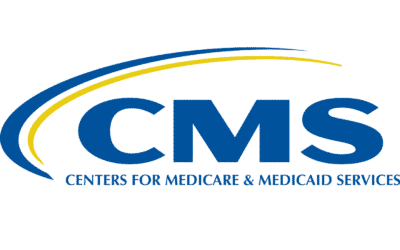The Local Coverage Determination (LCD) for wound care written by my Medicare Administrative Contractor (MAC) specifies in exhaustive detail what sort of documentation is needed to satisfy medical necessity for debridement. If you haven’t read the policy for your MAC (assuming they have one), then you can go here to first find your MAC and then search for a relevant policy.
I thought I would point out a few things that jumped out at me. My goal is to point out some language that might cause you to make some changes in your documentation. I have put verbatim quotes in quotation marks, but the bold type is mine. This is going to take a lot of engagement with your EHR vendor.
Documentation at EACH Physician Visit
“The patient’s medical record must contain clearly documented evidence of the progress of the wound’s response to treatment at each physician visit. This documentation must include, at a minimum:
- Current wound volume (surface dimensions and depth).
- Presence (and extent of) or absence of obvious signs of infection.
- Presence (and extent of) or absence of necrotic, devitalized, or non-viable tissue.
- Other material in the wound that is expected to inhibit healing or promote adjacent tissue breakdown.”
As an FYI, note that they specify “physician” visit. Other advanced practitioners count, of course (e.g. NPs, DPMs, etc.). However, if you are in a facility that still has not gotten the memo that the hospital based outpatient clinic can’t see patients unless the advanced practitioner is physically present in the facility, please bring your center into compliance with this requirement because the OIG intends to keep auditing this.
What ISN’T Debridement?
“Removal of non-tissue integrated fibrin exudates, crusts, or other materials from a wound without removal of tissue does not meet the definition of any debridement code and may not be reported as such.”
Here’s a list of services that the LCD says are NOT wound debridement services:
• Washing bacterial or fungal debris from lesions.
• Removal of secretions and coagulation serum from normal skin surrounding an ulcer
• Paring or cutting of corns or non-plantar calluses
• Incision and drainage of abscess and trimming mycotic nails
The Big 15 in Your Debridement Note
The procedure note for the debridement service should include the following:
- Medical diagnosis.
- Indication(s) and medical necessity for the debridement.
- Type of anesthesia used, if and when used.
- Wound characteristics such as
- Diameter
- Depth
- Undermining or tunneling
- Color
- Presence of exudates or necrotic tissue.
- Level/depth of tissue debrided and a description of the types(s) of tissue involved and the tissue(s) removed.
- Vascular status infection or evidence of reduced circulation.
- Narrative of the procedure to include the instruments used. When debridements are reported, the debridement procedure notes must demonstrate tissue removal (i.e., skin, full or partial thickness; subcutaneous tissue; muscle and/or bone), the method used to debride (i.e., hydrostatic, sharp, abrasion, etc.) and the character of the wound (including dimensions, description of necrotic material present, description of tissue removed, degree of epithelialization, etc.) before and after debridement.
- Patient-specific goals and/or response to treatment.
- Immediate post-op care and follow-up instructions.
- The presence or absence of necrotic, devitalized, fibrotic, or other tissue or foreign matter must be documented in the medical record when wound debridement is performed.
You Need a Plan of Care and Goals of Therapy
“Debridements are best provided under an individualized plan of care.”
“The medical record must include a plan of care containing treatment goals and physician follow-up.”
“The record must document complicating factors for wound healing as well as measures taken to control complicating factors when debridement is part of the plan.”
“The treatment plan for patients requiring debridements should be re-evaluated…”
Note that the treatment plan for patients requiring debridements must be constantly re-evaluated to ensure that a number of factors have been adequately addressed such as:
- pressure reduction
- nutritional status
- vascular insufficiency
- infection control
I wonder if anyone has noticed the recurring theme about needing a treatment plan?
The LCD also says it is necessary to “…determine whether the individualized treatment goals are being met for the patient.”
That means, of course, that you must actually HAVE individualized treatment goals. The LCD says that the goal is usually healing, but could be to prevent wound progression, minimize risk of infection, or optimize patient quality of life.
Stay tuned for a discussion about the Plan of Care and Goals of Therapy.





